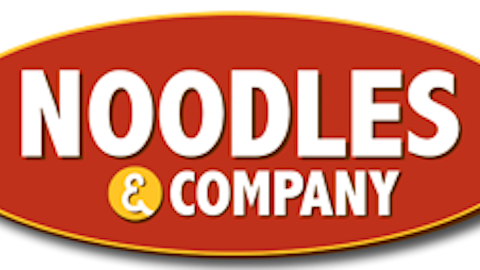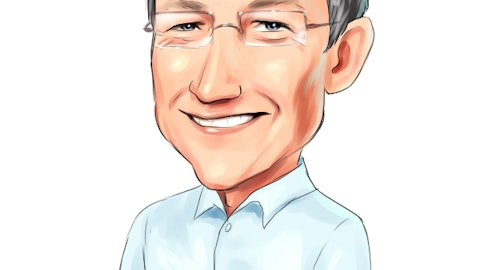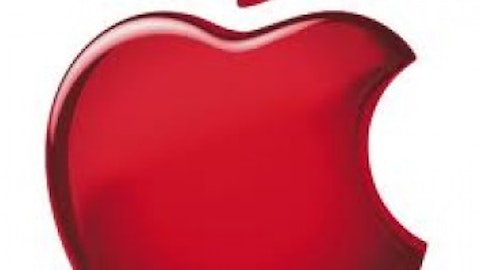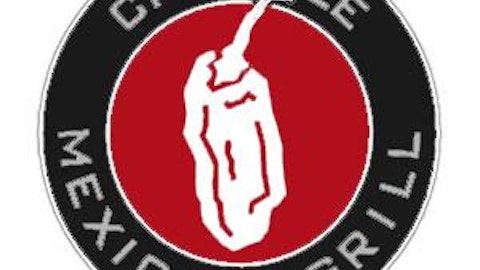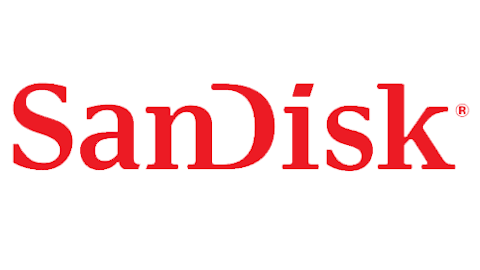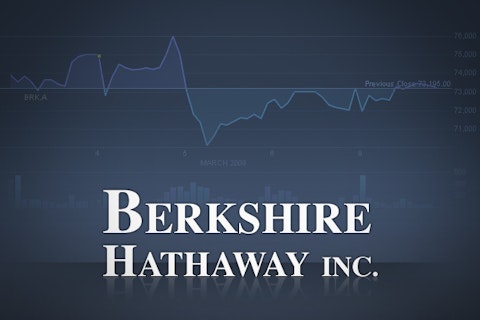
But some investors outperform the market. And great investors, like Warren Buffett, Peter Lynch and George Soros have crushed the market. Buffett doesn’t rely on getting data a nanosecond before the market – he doesn’t have a computer in his office. It is said that his only use for a computer is to play online Bridge.
So how do these guys do it?
The Oracle of Omaha
Buffett started out as a value investor, buying companies with assets worth more than the value of their shares. Railroads were an early favorite as they had hugely undervalued properties on their balance sheets. Buffett bought, waited, and cleaned up.
As Buffett got better, he realized that the best way to value an investment was to look at how much cash it would generate. Businesses with a low capital requirement have an advantage over businesses with high capital costs. Buffett bought See’s Candy in 1971. It has significant value in its brand allowing it to generate high revenues relative to its costs.
Another favorite Buffett technique is to use share buy backs. He showed Katherine Graham at the Washington Post how to improve profitability by seven times. Then, through buying back 40% of the shares, he upped that to an improvement of ten times in the earnings per share.
The easiest way to follow Buffett’s investment style is to simply buy shares in his company, Berkshire Hathaway Inc. (NYSE:BRK.B). Buffett’s stewardship of Berkshire Hathaway is a masterclass in capital allocation. He trusts hand-picked managers of cash generative businesses to operate independently. The cash is dispatched to Omaha, to be recycled into further cash producing businesses.
Buffett’s major acquisition, GEICO perfectly reflects Buffett’s style. It does not require high capital and the insurance premiums generate cash float, which can be invested for high returns.
Let’s pick a company that has the attributes that Buffett values. Apple Inc. (NASDAQ:AAPL)
generates loads of cash. Its value is in its brand and in its innovative culture. It uses its surplus cash to buy back shares and it is currently undervalued by a skeptical market. Buffett famously avoids technology companies, but if he were to invest in them, I think Apple Inc. (NASDAQ:AAPL) would be right up his street.
Apple Inc. (NASDAQ:AAPL)’s price earnings ratio of 10 is low. If we ignore Apple’s holding of $143 billion in cash and securities it reduces to 6. By comparison, Microsoft has a ratio of 18, which is the NASDAQ average.
At this level Apple Inc. (NASDAQ:AAPL) is valued as a company with no future growth. This seems unreasonable for a company that spends $3.4 billion a year on research and development, has a history of innovation and a CEO promising new product releases later this year. Apple meets the Buffett test on three counts. It is a value play. It capitalizes on brand value to generate lots of cash. And it enhances shareholder value through buy backs.
The Mutual Maestro
Peter Lynch earned his reputation by making an average annual return of 29% for 13 years when he managed the Fidelity Magellan Fund. Lynch’s approach to investing was based upon intimate knowledge of the business, common sense, and an independence of mind that took him into areas that others ignored.
Before investing in a company, he would patiently spend time finding out as much as could, often visiting and discussing the company’s prospects with management. Lynch used his everyday experience to unearth investment prospects. If he was a customer of a company that provided good service, or if he happened to see a long queue of customers outside a new restaurant, he would start investigating the business with a view toward investment.
He invested in Japan, making good returns before the rest of Wall Street woke up to the opportunity. Like Buffett, Lynch didn’t get involved in day trading, short term moves or derivatives. He felt that he got his best returns from a stock after holding it for four years.
Unlike Buffett, Lynch kept a large portfolio of funds, categorizing his investments into Slow Growers, Stalwarts, Fast Growers, Cyclicals, Turnarounds and Asset Plays. His book ‘One Up on Wall Street’ is full of amusing one-liners all apposite and valuable.
What would Lynch invest in today? He loves fast growers and one of his early favourites was Taco Bell. A similar company, Chipotle Mexican Grill, Inc. (NYSE:CMG), might attract Lynch’s attention.
Lynch could experience Chipotle Mexican Grill, Inc. (NYSE:CMG)’s high quality food as a customer and he would be impressed by the quality focused management. On the financial side, Lynch places a high priority on a strong balance sheet, and Chipotle’s strong cash flow and lack of debt pass the test with flying colors.
